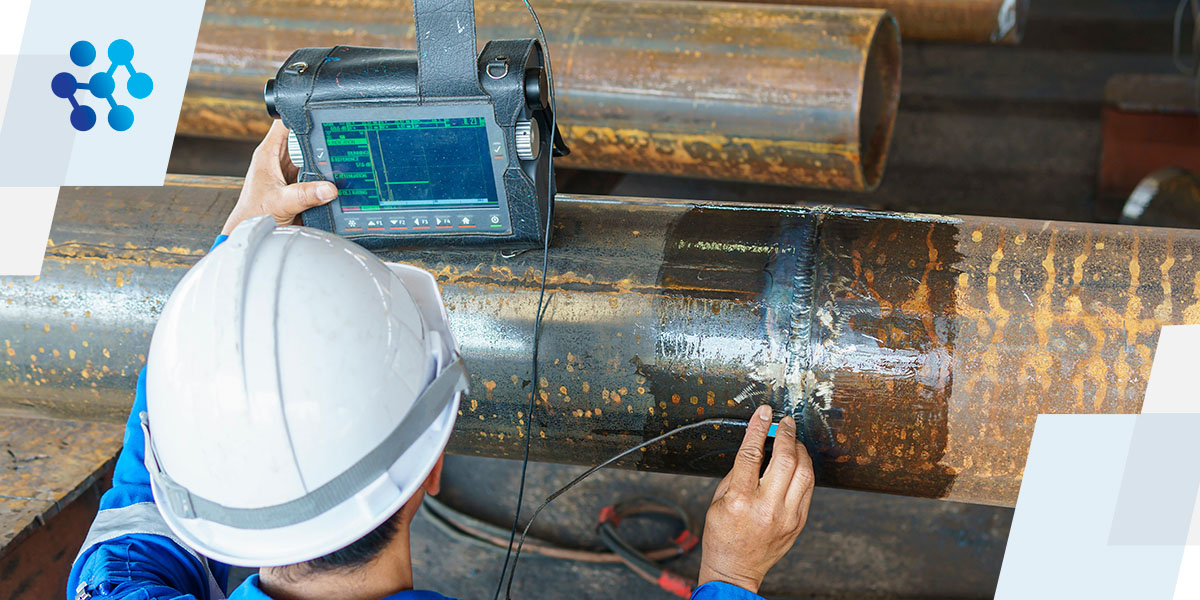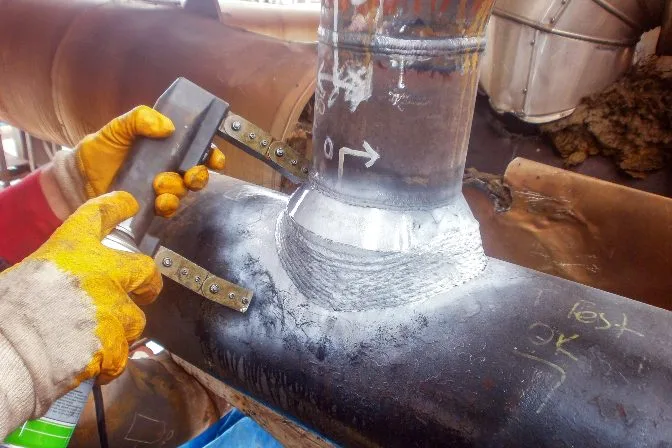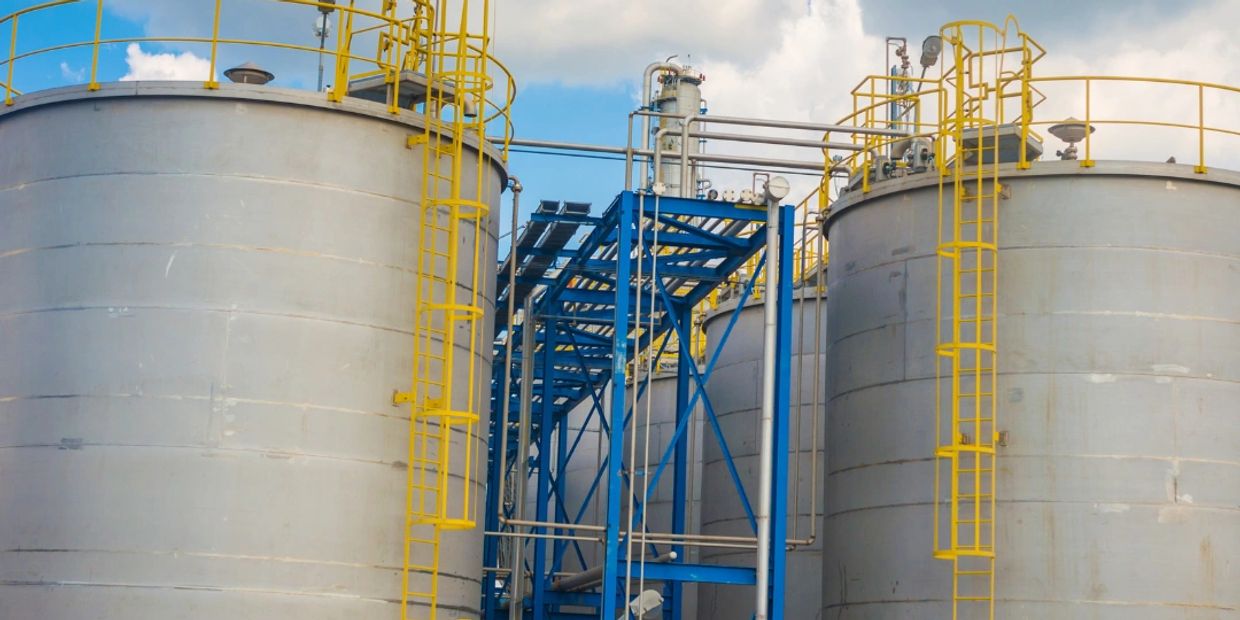A Comprehensive Review of Container Welding Examination Standards and Methodologies for Improved Weld Top Quality and Performance
The importance of welding examination standards in the production of containers can not be overstated, as they offer as the backbone for making sure weld integrity and functional reliability. Various assessment strategies, consisting of visual analyses and advanced non-destructive screening approaches, are critical in recognizing possible imperfections that might endanger efficiency.
Relevance of Welding Assessment Standards

Welding examination criteria incorporate a range of requirements, including product specifications, welding treatments, and qualifications of employees associated with the welding process. By applying these standards, companies can systematically identify and fix possible problems, thus decreasing the chance of costly repair work or tragic failings. Moreover, rigorous evaluation practices cultivate a society of responsibility and precision, motivating welders to preserve high levels of workmanship.

Usual Welding Examination Methods


Ultrasonic Checking (UT) is one more prevalent method, making use of high-frequency acoustic waves to find interior problems that might not show up on the surface. This approach is especially efficient for determining gaps or additions within the weld metal. Magnetic Bit Examining (MT) is likewise extensively utilized, especially for ferromagnetic materials, as it reveals surface area and near-surface defects through the application of electromagnetic fields and ferrous fragments.
Additionally, Liquid Penetrant Screening (PT) discovers surface-breaking defects by using a penetrant to the weld and afterwards making use of a developer to extract the penetrant. Each of these techniques adds to an extensive assessment strategy, making certain that welds satisfy the strict quality criteria called for in tank building and construction.
Regulatory Standards and Compliance
Regulative criteria and conformity are essential elements in ensuring the security and reliability of welded structures in container building - Tank Welding Inspection. These requirements offer to establish minimum needs for material residential or commercial properties, welding procedures, and examination methods, thus decreasing the threat of structural failures and boosting total performance
Key companies, such as the American Culture of Mechanical Designers (ASME) and the American Welding Society (AWS), supply guidelines that are commonly embraced in the market. Compliance with these criteria not just makes certain adherence to best practices but likewise fulfills lawful and legal commitments, protecting the interests of stakeholders.
Regulatory bodies commonly mandate adherence to certain codes, such as ASME Code Area IX for welding certifications and API 650 for bonded tanks. These codes outline demands for welding methods, credentials of employees, and screening approaches to confirm weld integrity.
Normal audits and assessments are essential to preserving conformity, as they aid identify discrepancies from established criteria. Non-compliance can lead to substantial charges, task delays, and security threats. Therefore, a durable understanding of regulative criteria and a dedication to compliance are vital in achieving top quality and long lasting bonded storage tank structures.
Non-Destructive Checking Methods
Exactly how can the honesty of bonded structures be ensured without creating damages? Non-destructive screening (NDT) techniques offer a robust remedy, allowing examiners to assess weld quality without compromising the product - Tank Welding Inspection. Amongst the most usual NDT methods are ultrasonic screening (UT), radiographic screening (RT), magnetic fragment testing (MT), and color penetrant testing (PT)
Radiographic screening entails passing X-rays or gamma rays with the weld, developing images that expose structural issues such as fractures or spaces. This technique is invaluable for assessing the stability of complex welds.
Magnetic fragment testing is matched read what he said for ferromagnetic materials, where magnetic areas expose surface area and near-surface gaps. Color penetrant screening makes use of a liquid color to highlight surface-breaking problems, making it an effective technique for non-porous materials.
Each of these NDT techniques has distinct benefits, allowing for detailed assessments customized to specific materials and welding procedures. By implementing these methods, sectors can make sure the dependability and safety and security of welded frameworks, inevitably enhancing general efficiency.
Enhancing Weld High Quality Via Inspection
Reliable evaluation plays a critical role in improving weld top quality, functioning as an important checkpoint in the construction procedure. By identifying potential flaws early, inspections reduce the danger of endangered structural integrity and make certain conformity with industry criteria. Employing try this website a mix of visual assessments, non-destructive testing (NDT) methods, and mechanical analyses, examiners can discover issues such as porosity, splits, and insufficient fusion.
Executing a durable examination procedure not just enhances the overall top quality of welds however also cultivates a culture of accountability amongst welders and producers. Normal training and accreditation of inspection workers make certain that they are furnished with the necessary skills to acknowledge and attend to prospective issues efficiently. This proactive strategy lessens rework and connected prices, ultimately adding to project performance.
In addition, thorough paperwork of assessment findings provides useful understandings into recurring problems, assisting in page continual improvement in welding methods. By leveraging sophisticated modern technologies, such as automated ultrasonic testing or electronic radiography, weld high quality can be enhanced via a lot more accurate evaluations. To conclude, a strenuous assessment process is crucial in accomplishing premium welds, ensuring safety and security, integrity, and long life in container fabrication.
Final Thought
In conclusion, the implementation of extensive container welding inspection standards and approaches is vital for guaranteeing weld integrity and efficiency. By using a mix of visual inspections, non-destructive screening methods, and adherence to governing requirements, companies can successfully recognize and minimize possible defects.